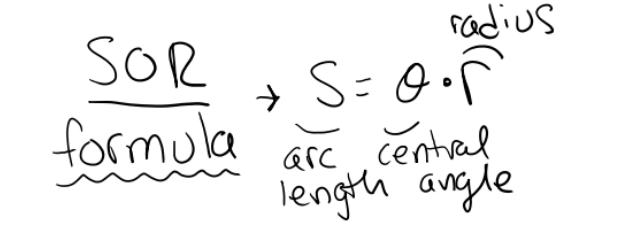Getting ready for the SAT can be a stressful and overwhelming time. While you may be nervous about taking the exam, you should be confident that your SAT prep will yield positive results.
Most people would say scenario 2 is necessary. If we consider the SAT as a giant mountain to ride down, you cannot ride down the mountain without being able to “ride a bike”. You must understand the various twists, turns, and harsh terrain that accompany the mountain, and you also must possess a very keen understanding of how to ride a bike in the first place. These skills are necessary in order to avoid a perilous death! While perhaps this example is a bit exaggerated, the idea here is that in order to ride down the mountain within an hour, there needs to be a very thorough understanding of the exam and its requirements, as well as strong reading comprehension, grammar, and mathematical skills. The student should start by going through the problems and passages slowly, developing a thorough understanding of the requirements and gaining the skills to truly excel. Once the skills are ingrained, and a thorough understanding of the exam has been met, then, most students will realize that time is no longer even an issue. It’s like an expert mountain biker who has developed his skills through decades of training and experience. If you put that expert biker on a new mountain, even though he won’t know every obstacle in his path, he will be able to adapt and fly through with ease. IF YOU KNOW WHAT YOU’RE DOING, TIME IS NOT A PROBLEM. THE PROBLEM IS TO KNOW WHAT YOU’RE DOING.
3. DON’T THINK, JUST DO!
Example 1:

In the circle above, if arc length OAB is π/3, find the central angle measure of OAB in radians.
Solution: RECOGNIZE–This is a typical SOR problem that involves the application of a formula not given on the SAT. REITERATE–Once the student recognizes the problem as an application of SOR, the student needs to write out what he/she knows about the problem and begin to piece together what’s missing – this is why we refer to this step as reiterate.

RESOLVE–The last step is self-explanatory. This step requires the student to solve the problem. We call this “Resolve” because this process is not just limited to mathematical equations as is given above.


Let’s look at another example.
Example 2:
Farmer Joe wants to create a circular garden for his wife. He wants to plant roses along the edge of exactly one fourth of the garden. He also measures the distance from the center of the garden to the edge and finds it to be exactly 10 feet. What is the length (in feet) of space that he has in order to plant the roses?
RECOGNIZE–Notice a few key words in this problem “circle”, “distance from the center to the edge”, “one fourth of the garden”. If one were to draw the problem, you would immediately notice

REITERATE–Now that the student notices that this is nothing more than another formulation of SOR, it is time to “Reiterate” the problem in order to solve it in the same manner. “One fourth of the circle” constitutes a 90 degree angle and since one of the required aspects of the SOR formula is to convert to radians, we would multiply by π/180 in order to obtain the central angle measure.

RESOLVE–Not much to say here other than solve the remainder of the problem.

The key in both situations is not to overthink the problem. Know what to do and trust in those carefully honed instincts. Therefore, it is extremely important to receive the proper SAT preparation. Without key strategies and the best SAT tutors and the SAT classes, these concepts become difficult to execute, resulting in lower results. A great SAT instructor will not only establish these types of instincts but develop a confidence in the student to know what to do in every scenario, not just sit on the exam in fear.
4. Quality over Quantity! We will be doing some math in this section. So, bear with us. On the Reading portion of the SAT, there are 5 passages total each with 10-11 questions–52 questions total. Now that we have an understanding of the structure of the exam, let’s take a look at two possible scenarios.
Scenario 1: If the student was to rush through the passages without a strong understanding of any strategy, he/she would get approximately 4 questions wrong on each passage. This would be 20 questions wrong.
Scenario 2: If the student was to take his/her time and break down the passages and questions slowly, he/she could hypothetically lower the amount wrong to 1 per passage. This would inevitably lead to him/her not answering the last passage, but if he/she were to put a consistent random answer for every answer in that passage (“C” for instance), statistically he/she would get at least 3 correct on the unread passage. 7 wrong on the unread passage + 4 wrong on the other passages = 11 wrong total!
Obviously in this case, scenario 2 wins. The student should not worry about answering the vast majority of the questions. Instead, he/she should focus on getting as many questions as possible correct. From there, he/she could improve significantly just by shifting this simple mentality.
If you’re looking for an SAT prep program, contact JM Learning in Brooklyn, NY, to enroll in their flexible options. Their talented team offers individualized tutoring services, college application tips, and even advice on selecting the right college. Call(718) 975-2665 or visit the website for information on their impressive test score improvement rate and to learn about understanding financial aid and cost-benefit analysis.

SAT Prep Advice to Yield Successful Results